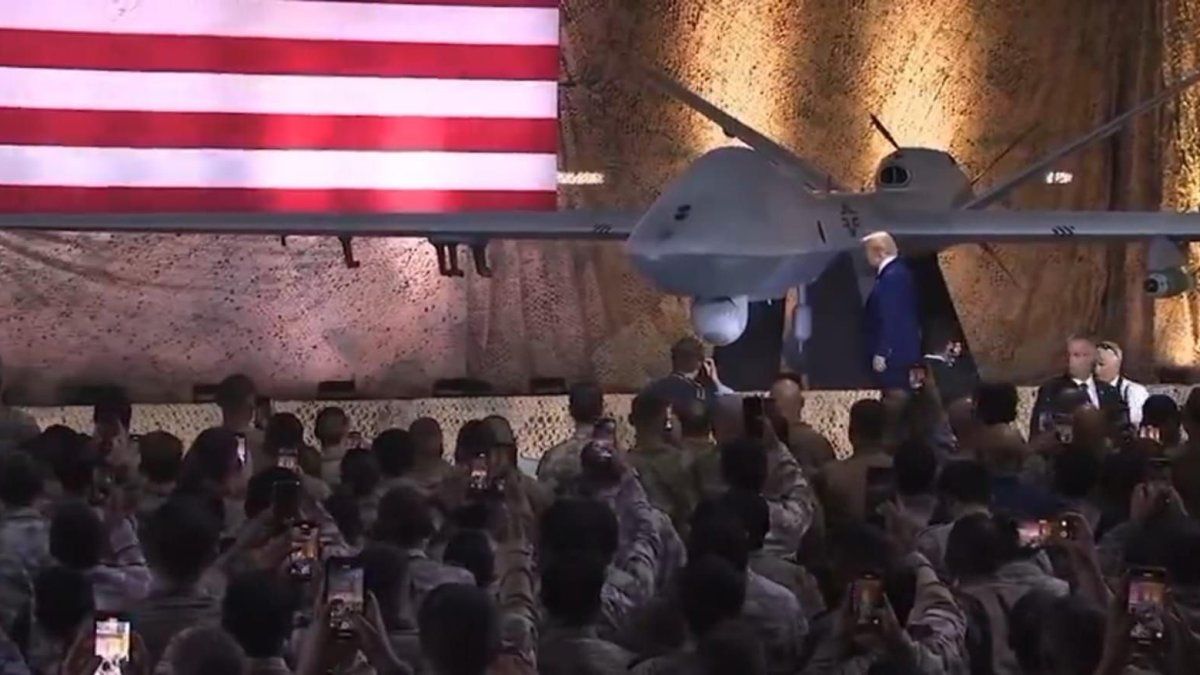Image: HANDOUT (APA/AFP/Intuitive Machines/HANDOUT)

Image: HANDOUT (APA/AFP/Intuitive Machines/HANDOUT)

Image: DAVID SWANSON (APA/AFP/DAVID SWANSON)
One of the legs probably got caught during the landing maneuver – and “Nova-C” then fell over, said the head of the responsible US company Intuitive Machines, Steve Altemus, at a press conference on Saturday night. Nevertheless, he was optimistic.
The batteries are charged via solar panels, and most of the devices are on the side of the lander facing away from the ground. “We’re collecting data,” Altemus said. The vehicle landed near the planned landing site and was stable. Only a payload with an art object is attached to the side facing the ground. US artist Jeff Koons sent 125 miniature stainless steel sculptures – called “Moon Phases” – to the moon.
- Also read: US company succeeds in first commercial moon landing
“Nova-C”, also called “Odysseus” or “Ody”, reached its destination in the southern region of the Earth’s satellite on Friday night. Initially it was said that the lander landed upright on the lunar surface. This presumably incorrect assumption comes from sensors in the fuel tanks, Altemus now said.

Image: HANDOUT (APA/AFP/Intuitive Machines/HANDOUT)
It is hoped that NASA’s Lunar Reconnaissance Orbiter probe will take a picture of the lander this weekend, said Altemus. You can then determine the exact position and orientation of the device.
“Nova-C” about the size of an old-fashioned British telephone box
It is the first time in half a century that a US device has landed on the moon. The “Nova-C” lander is about the size of an old-fashioned British telephone booth, has aluminum legs, weighs around 700 kilograms and can carry around 130 kilograms of cargo. NASA has allocated a large part of it with research equipment and other material, while commercial companies have secured the rest for their projects.
“Nova-C” had launched around a week earlier from the Cape Canaveral spaceport in the US state of Florida. The means of transport was a “Falcon 9” rocket from technology billionaire Elon Musk’s space company SpaceX. The mission is part of NASA’s “CLPS” (Commercial Lunar Payload Services) program. With this program, the US space agency wants to collect as much knowledge as possible on its own way back to the moon comparatively cheaply and efficiently by awarding contracts for lunar landings to private companies and working with them.

Image: DAVID SWANSON (APA/AFP/DAVID SWANSON)
Moon landings are considered to be technically extremely demanding and often go wrong. This year alone, two planned landings have turned out differently than hoped.
My themes
For your saved topics were
new articles found.

info By clicking on the icon you can add the keyword to your topics.
info
By clicking on the icon you open your “my topics” page. They have of 15 keywords saved and would have to remove keywords.
info By clicking on the icon you can remove the keyword from your topics.
Add the topic to your topics.
Source: Nachrichten




